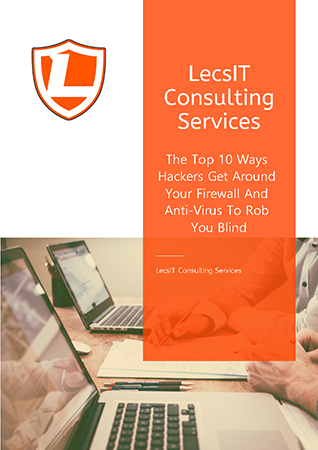
As remote work and hybrid work arrangements become more prevalent, employers are increasingly seeking ways to monitor their employees' activities to ensure their productivity while working from home. This trend has emerged in response to the growing phenomenon of employees taking advantage of remote work to reduce their workload, as evidenced by the rise of "quiet quitting," "Bare Minimum Mondays," and "Try Less Tuesdays."
To distinguish between diligent and slack employees, employers are turning to software tools like Teramind and ActivTrak. These tools can be installed on employees' workstations and laptops, allowing employers to monitor their work activities both in the office and remotely. By utilizing these applications, employers can gain insights into productivity levels, time allocation, and even track employee check-in and check-out times. Additionally, these tools can help prevent employees from accessing inappropriate websites during working hours using company resources.
While monitoring practices face opposition, it is generally legal in the United States when it comes to work-related activities on workplace devices. Monitoring laws may vary by state, so it is advisable to consult with an HR attorney regarding employee monitoring regulations. While federal law does not explicitly require obtaining consent, some states mandate obtaining consent before monitoring activities.
Monitoring company-owned devices beyond work hours, including monitoring internet traffic, search history, visited websites, GPS geolocation, and viewed content, is also legal. If employers provide employees with phones, they are legally permitted to monitor them. Furthermore, if a Bring Your Own Device (BYOD) policy is in place, employers can legally monitor employees' personal devices if they are used for work purposes.
Before implementing employee-monitoring software, several recommendations should be followed:
- Inform employees about the monitoring activities and methods before implementation. Transparent communication about what will be monitored and why is crucial for establishing and maintaining trust with employees. Most individuals would be upset to discover they were being monitored without their knowledge. While it may be legally permissible to monitor without prior notice in most states, it is better to be open about the process to ensure understanding and acceptance.
- Clearly define what is and isn't allowed during work hours and on company-owned assets. It is important to communicate guidelines, such as prohibiting access to inappropriate websites and distinguishing between personal and work-related activities on company-owned devices. For remote employees, specific guidelines regarding work hours, break durations, and availability expectations should be established. Putting these expectations in writing minimizes the risk of misunderstandings or claims of insufficient communication.
- Seek legal advice before implementing any monitoring software, cameras, or activities. Laws surrounding employee monitoring can change, and with the growing importance of data privacy and security, it is essential to work with an HR attorney to ensure compliance and avoid violating employees' rights. A recent lawsuit against the fast-food restaurant White Castle serves as a reminder of the potential legal consequences. The lawsuit alleges that White Castle violated Illinois's biometric identification laws by requiring employees to use fingerprint login software without obtaining their consent, which may result in a significant financial penalty.
While employee monitoring is legally permissible, employers must remain mindful of employment laws and prioritize the data privacy and protection of the employees being monitored. If you need assistance in creating a secure and productive remote workplace, click here to schedule a call and explore options for improving productivity and safety for your entire team, regardless of their work location or arrangement.



